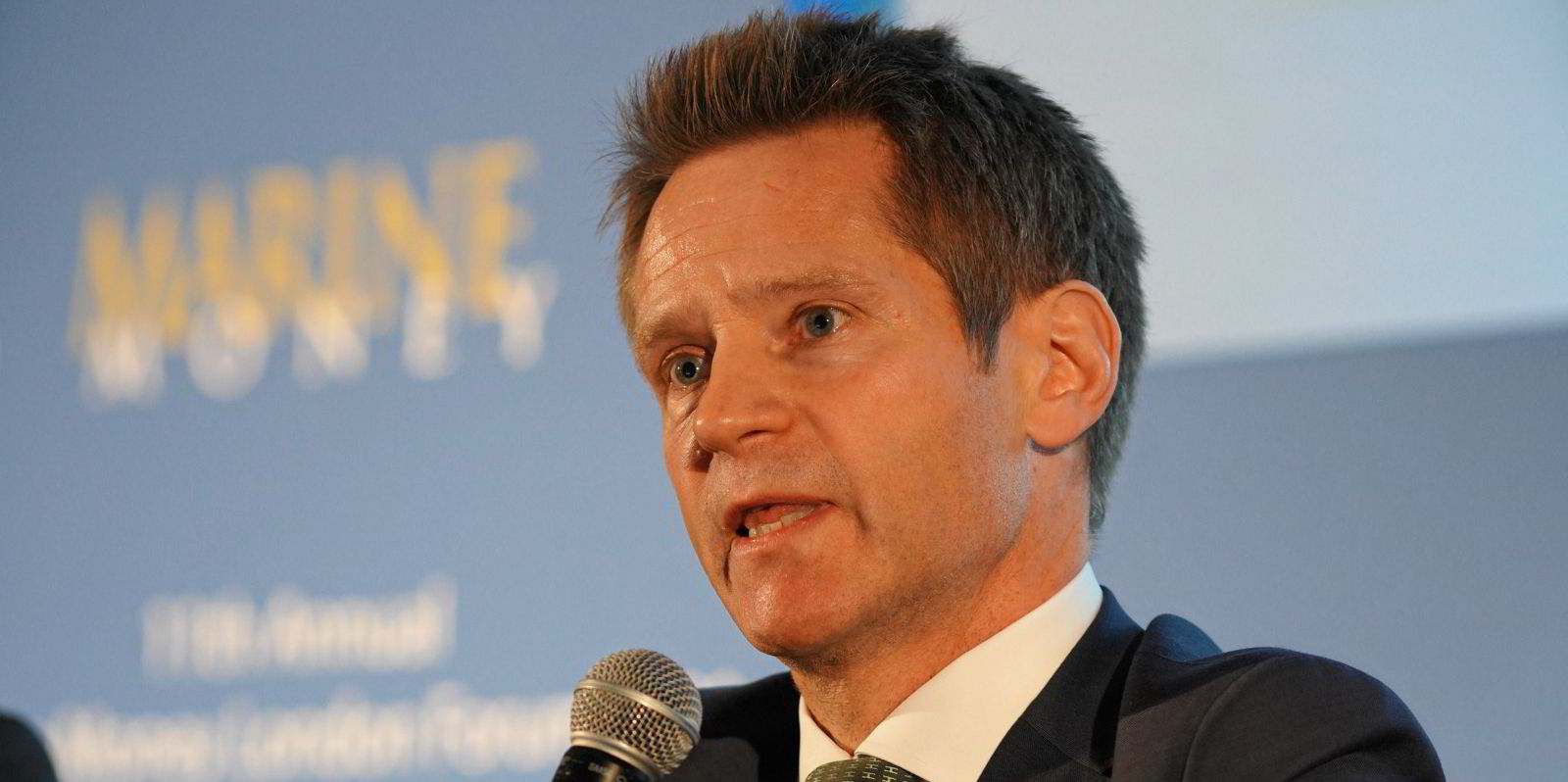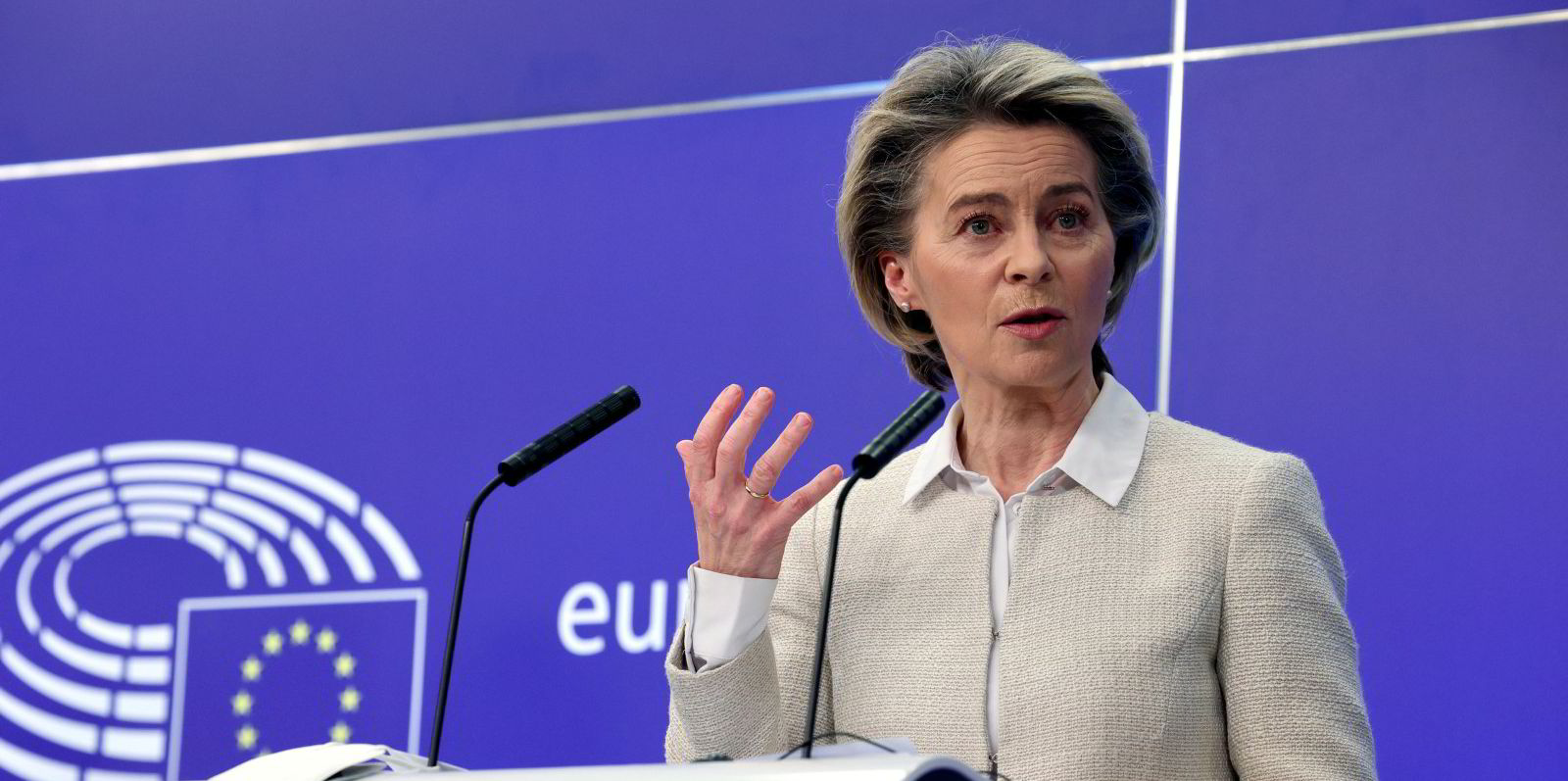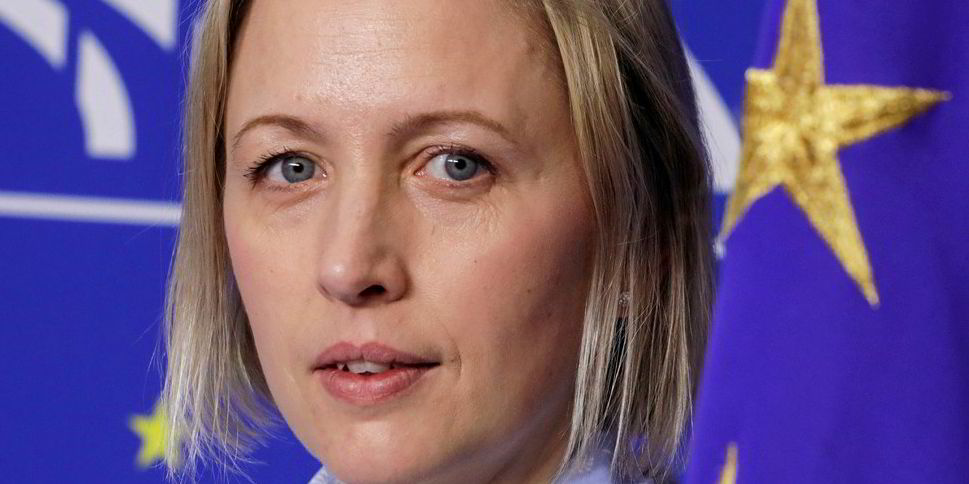Norway's Klaveness Combination Carriers (KCC) has claimed its efficient fleet will create big value for clients as the price of carbon emission reductions is set to soar.
The Oslo-listed shipowner said the substantially lower carbon footprint of its versatile vessels, which can carry oil and dry bulk cargoes, will be increasingly important when compared with alternatives such as LNG bunkers and biofuels.
The shipping industry is set to start paying for emitting CO2 for the first time, with the European Union likely to include ships in its Emission Trading Scheme (ETS) from January 2022.
While the EU rules regarding shipping in the ETS are not yet clear, shipowners will in some way or another need to buy EU Allowances (EUAs), a financial instrument that allows the emission of one tonne of CO2.
EUA costs have increased by 60% since October 2020, with analysts expecting this level to at least double over five to 10 years.
Speaking on a conference call with analysts, KCC chief executive Engebret Dahm unveiled calculations illustrating that, using the current EUA cost of €38 ($46) per tonne as a proxy for future global costs of CO2 emissions, the KCC fleet of 17 ships could save $9m per year for its clients by being 30% to 40% more carbon efficient than standard solutions.
Should the future EUA price increase to €100 ($120) per tonne of CO2, the value creation for its customers comes out at $23m per year.
Undercutting LNG
During the call, Dahm also included examples calculating the implied cost per tonne of CO2 reduction from using LNG-fuelled vessels and by using standard ships burning biofuel.
While LNG propulsion is currently the most effective way of reducing emissions via fuel, KCC still calculates the cost of emissions reduction at $150 per tonne for a similar-sized LNG-fuelled vessel — assuming $10m of extra investment and a "well to wake" reduction in emissions of 17.5%.
Biofuel use is also calculated at a whopping cost of $425 per tonne of CO2 cut, given the premium of around $400 per tonne for a 40% blend compared to very low-sulphur fuel oil (VLSFO) in Rotterdam this month, Dahm told TradeWinds.
He added that KCC would save its customers $36m per year compared to the cost of LNG, and $81m per year compared to using biofuel.
Dahm stressed that the figures are not intended as a scientifically exact calculation. Instead, it offers a rough illustration of the advantage for its customers of using its Cleanbus, which carry oil products and dry bulk, and its Cabus, which carry caustic soda and dry bulk, compared to other tonnage.
Opening doors
"It's definitely a door-opener for introducing Cleanbus into the market," he said. "It provides us unique access to new customers and opens up the market to new types of ships."
Dahm also mentioned during the conference call that KCC's Cleanbus will be fully compliant with the new Energy Efficiency Existing Ship Index (EEXI) requirement when it comes into force in 2023.
The newest Cabus will be 2% below the required threshold, and this will be solved by minimal installations of fuel-saving devices.





